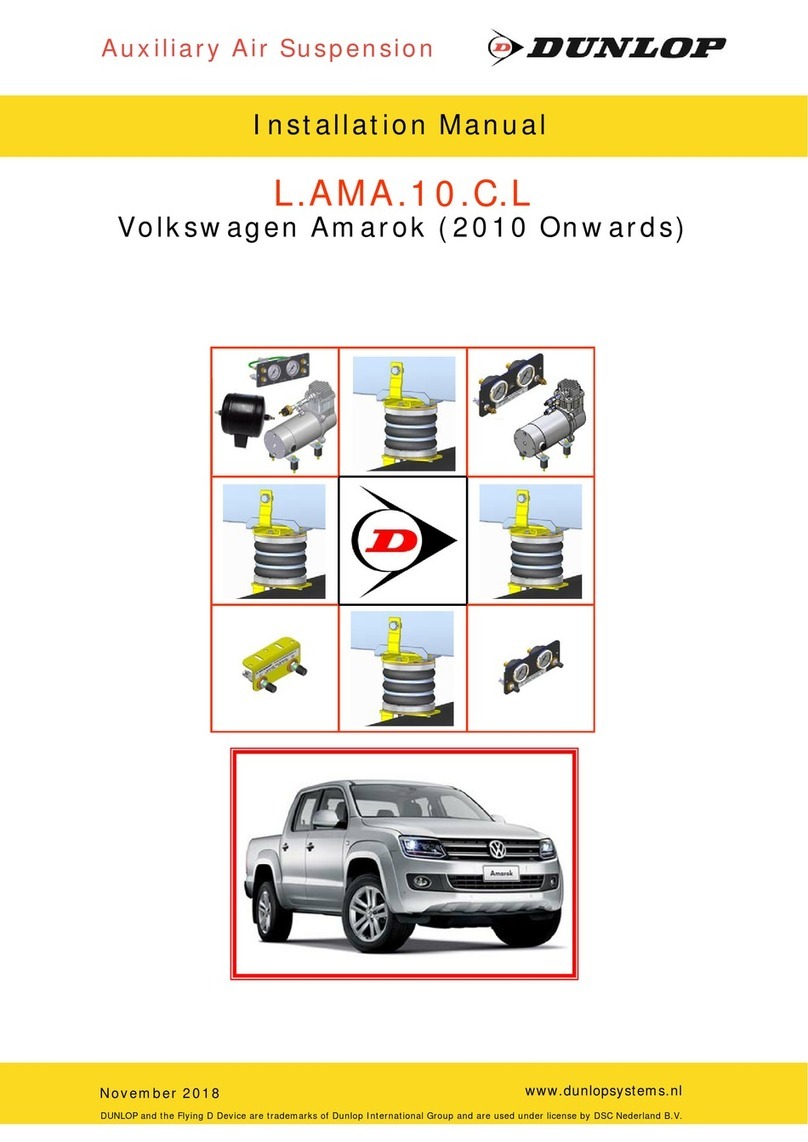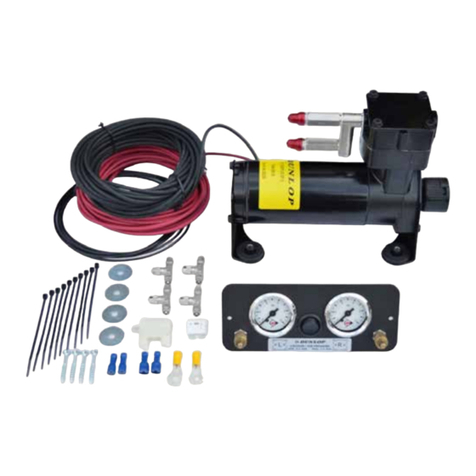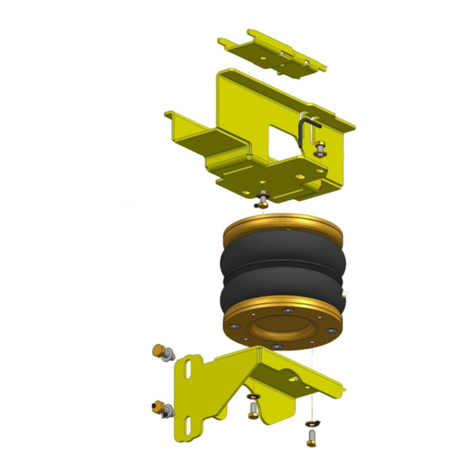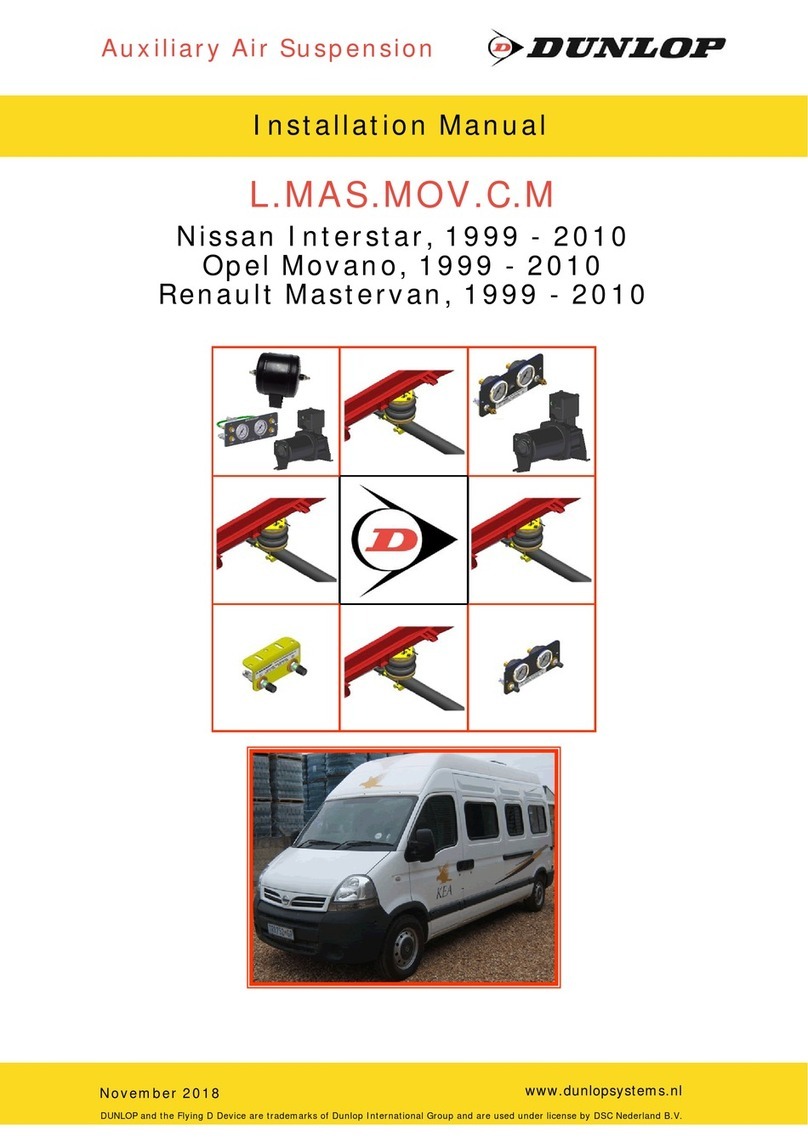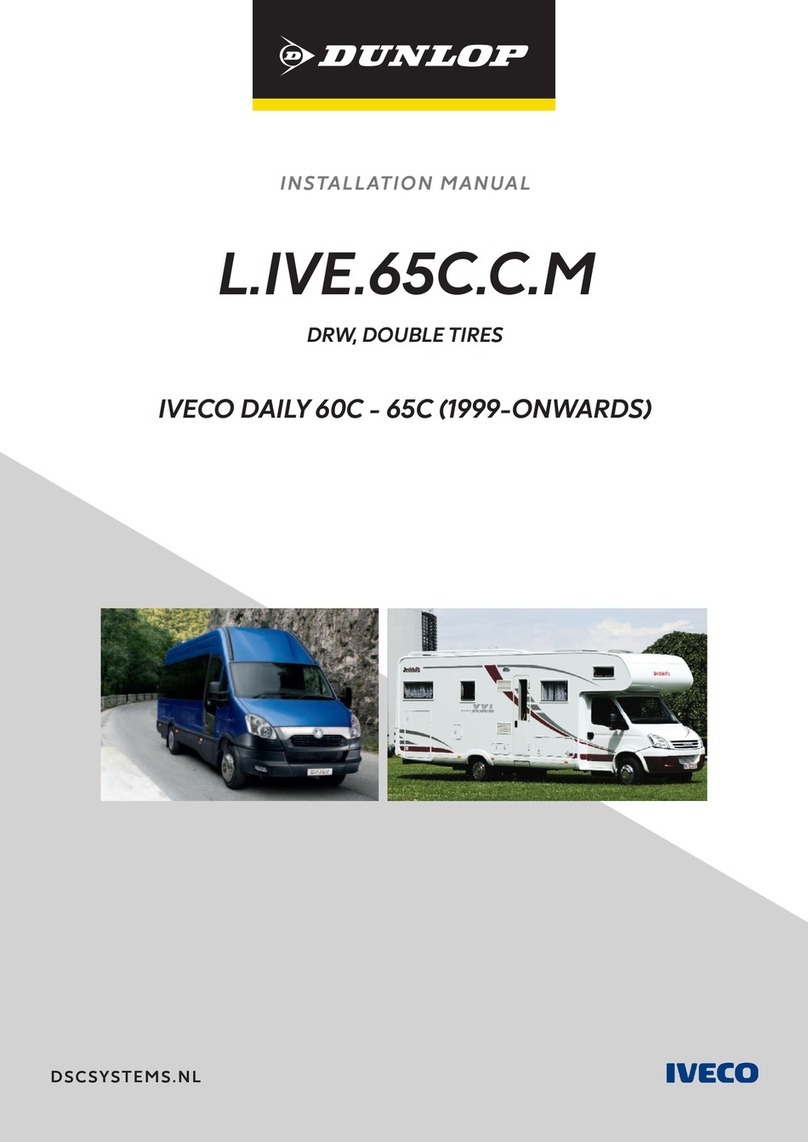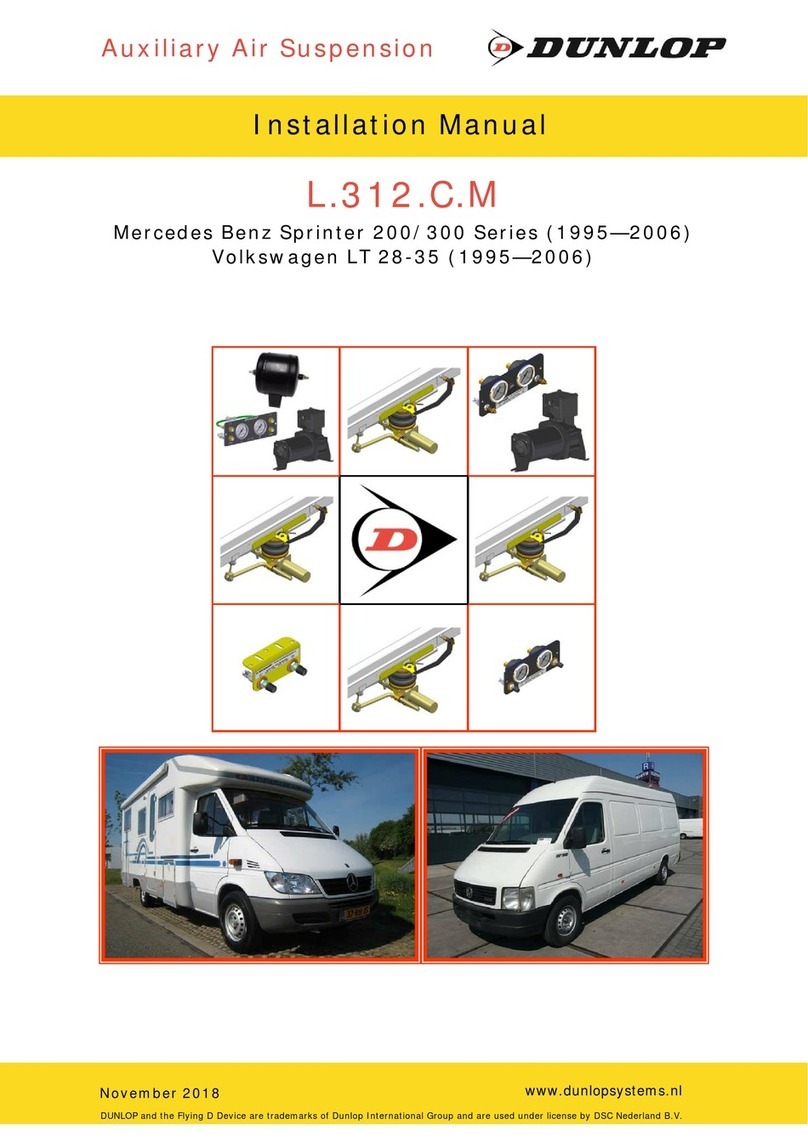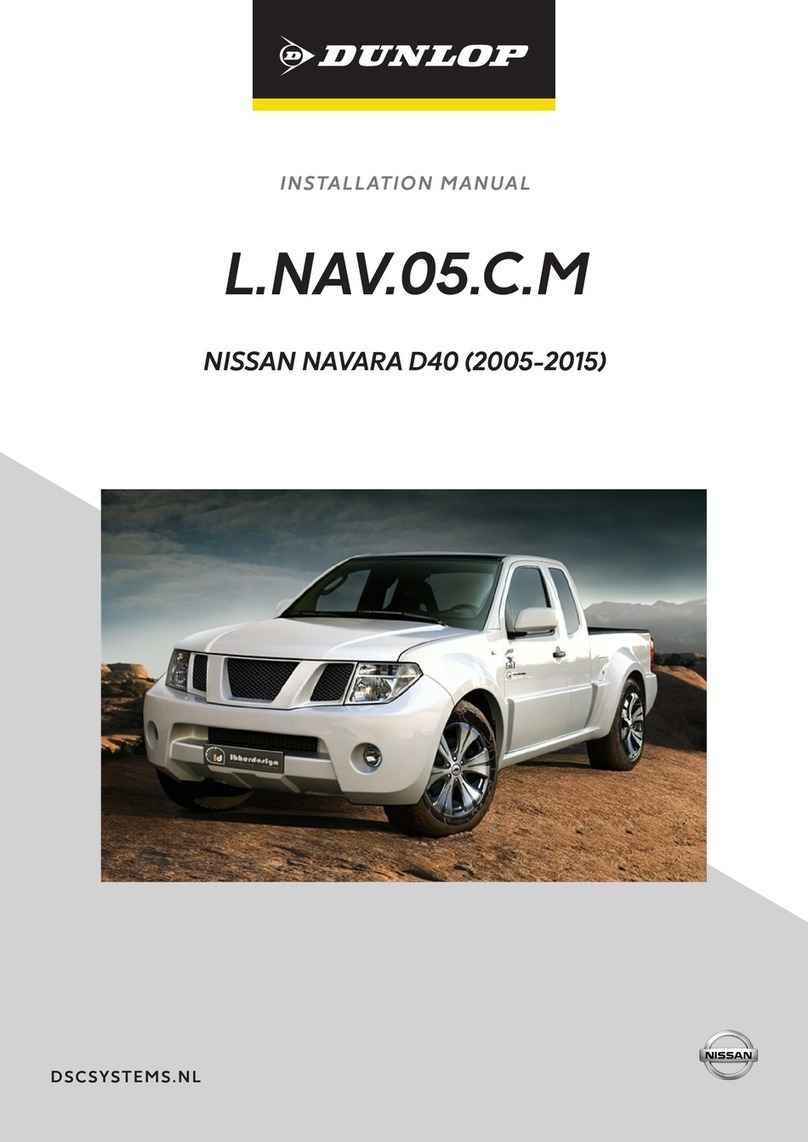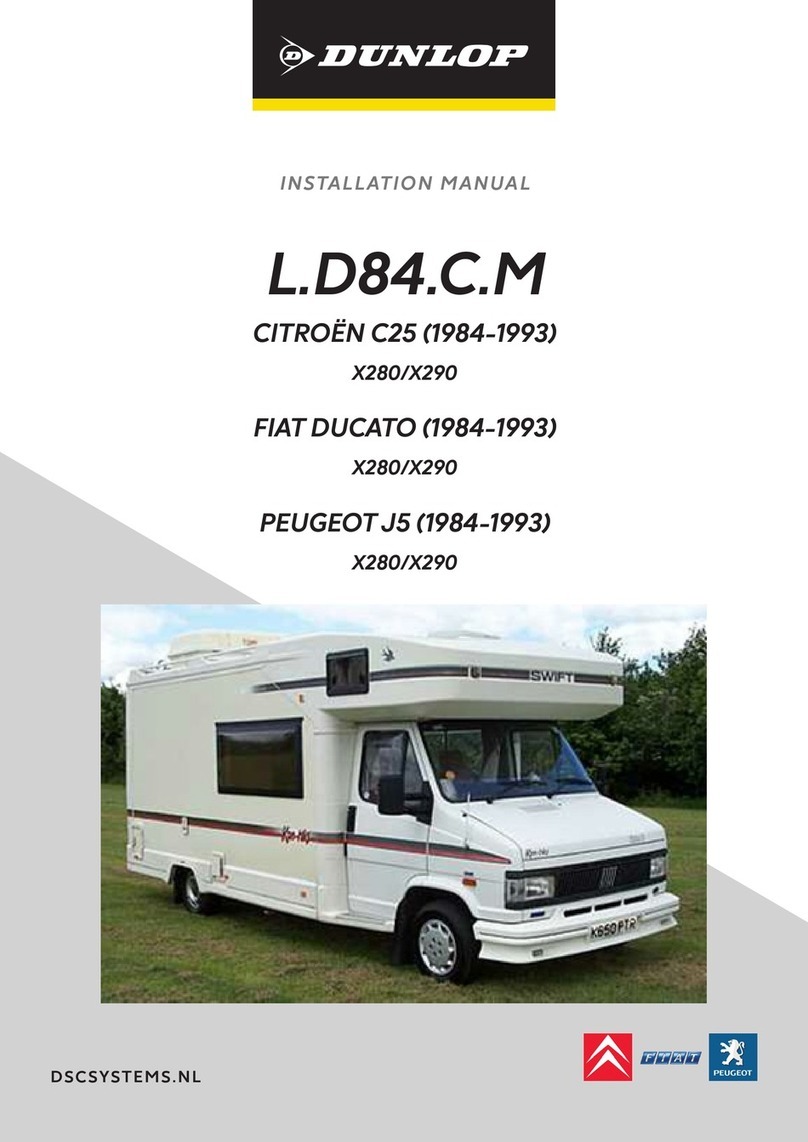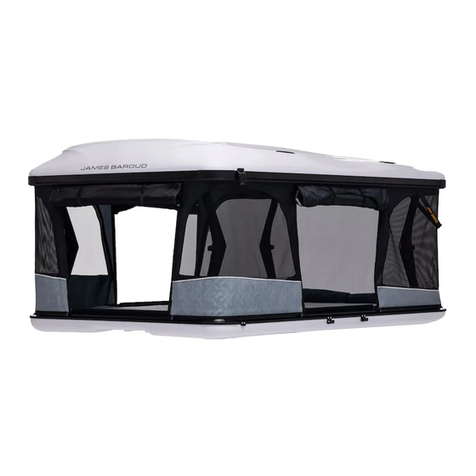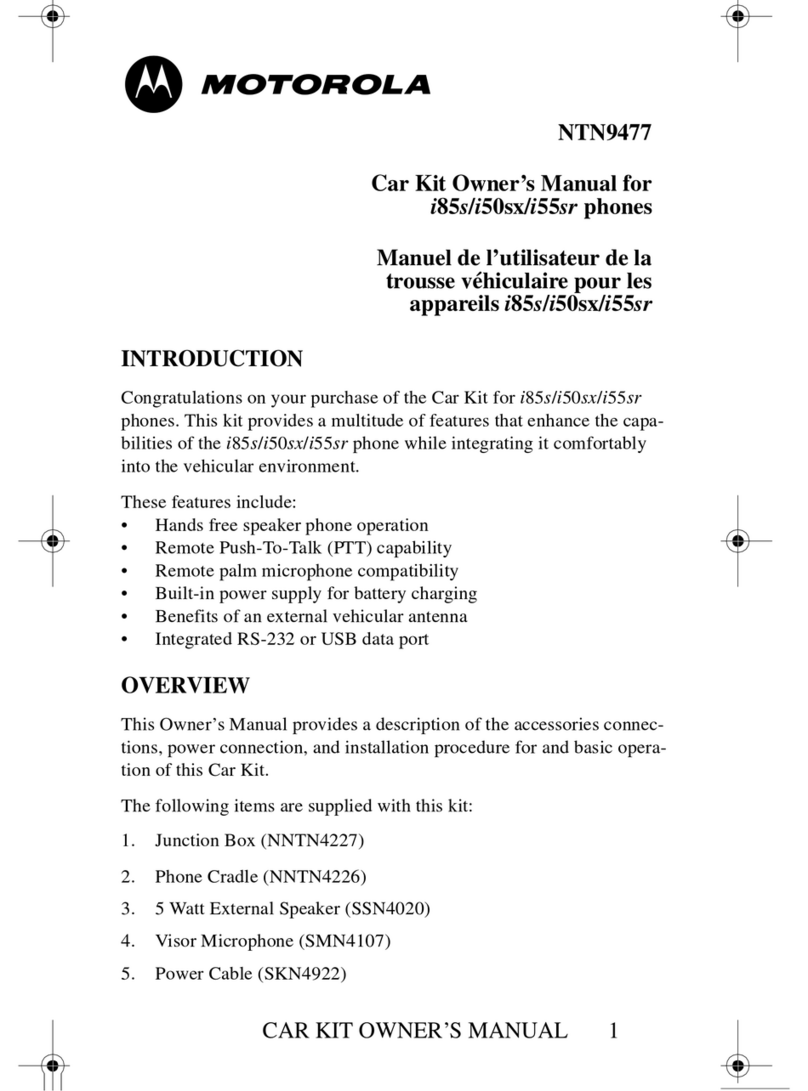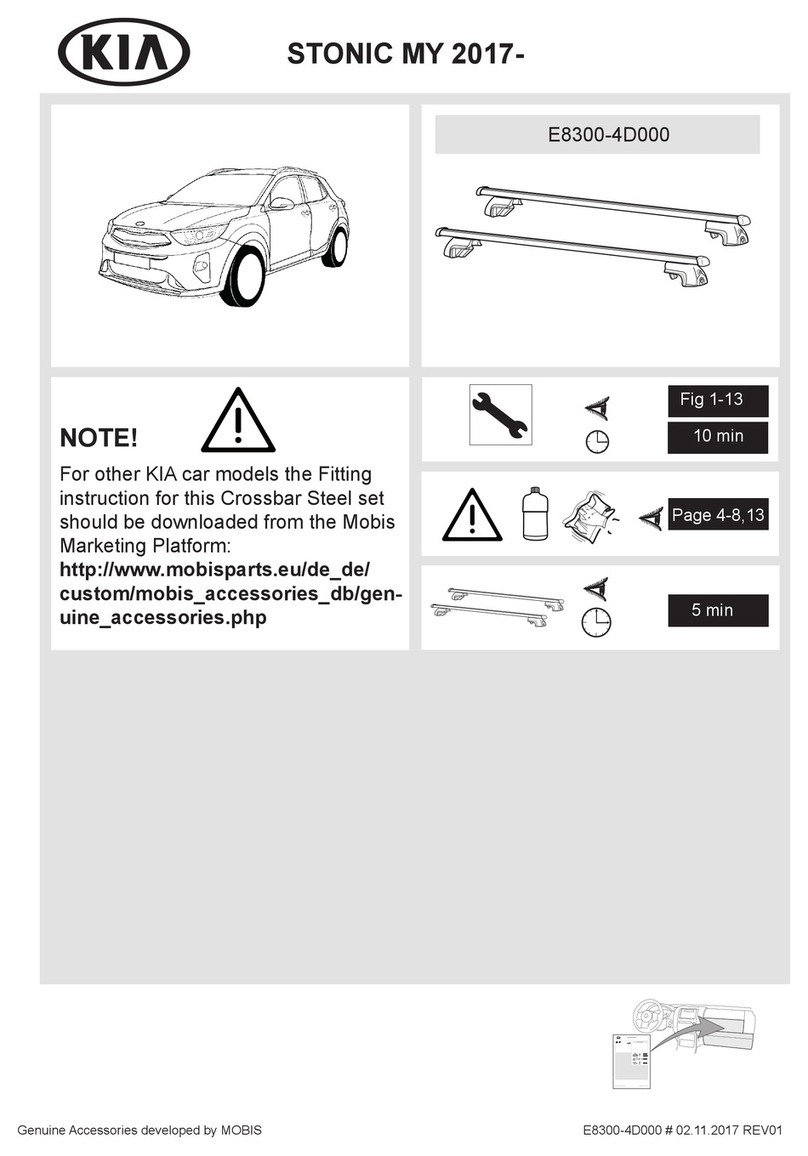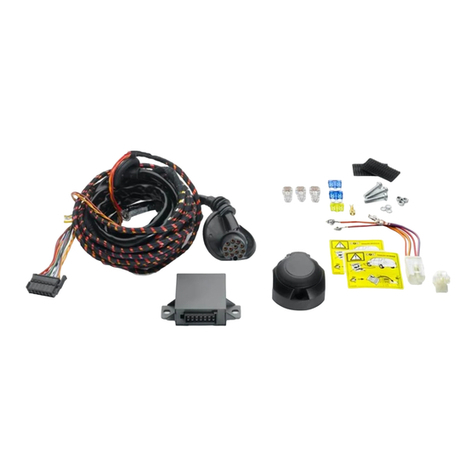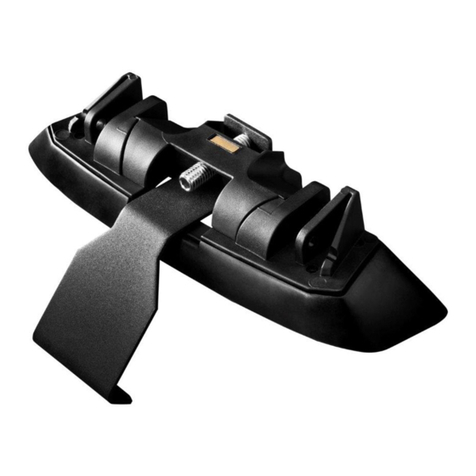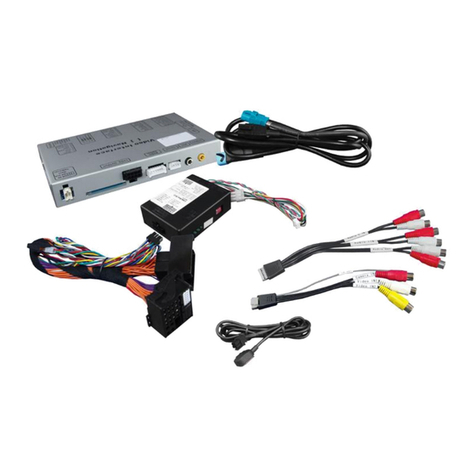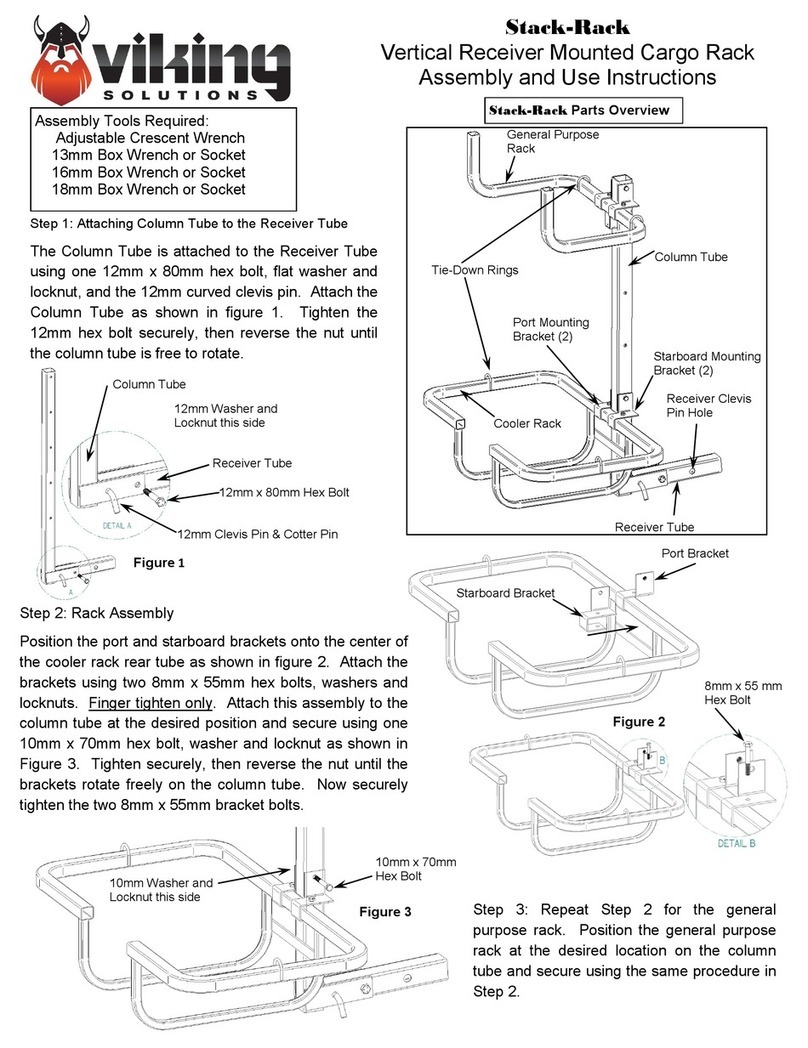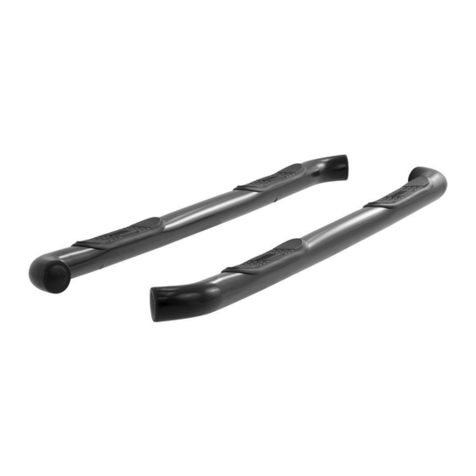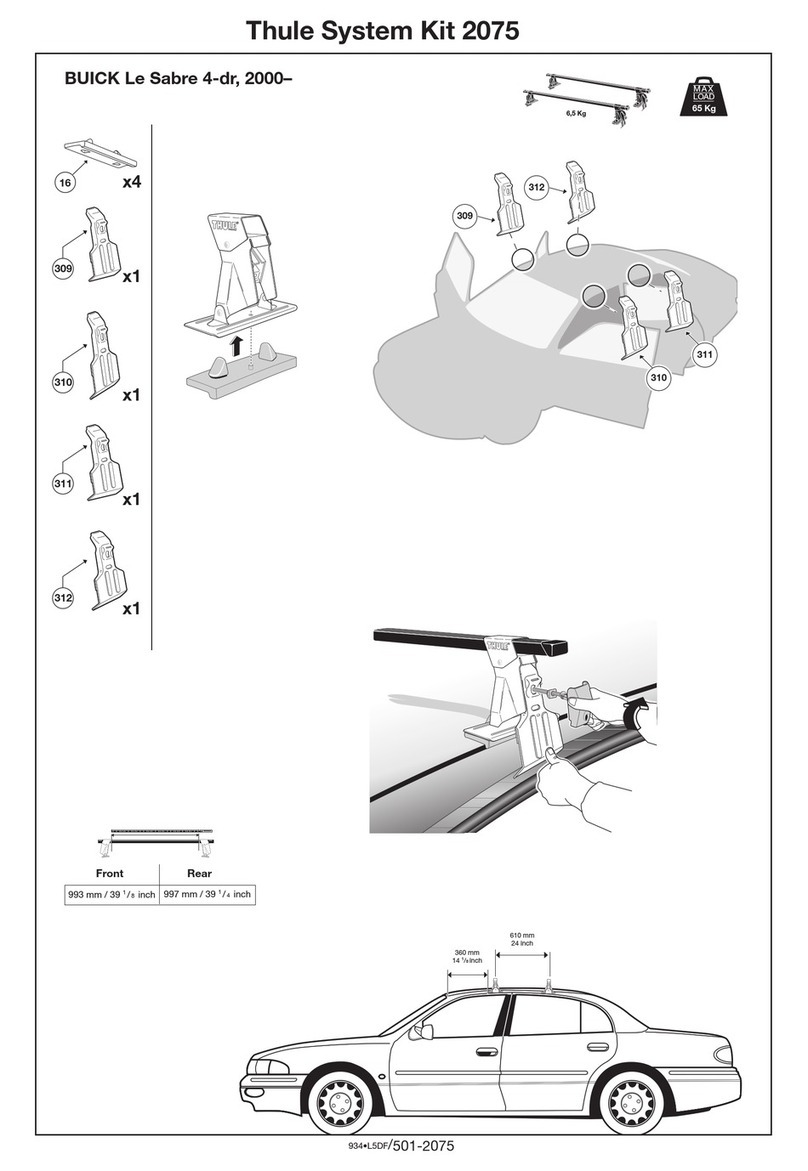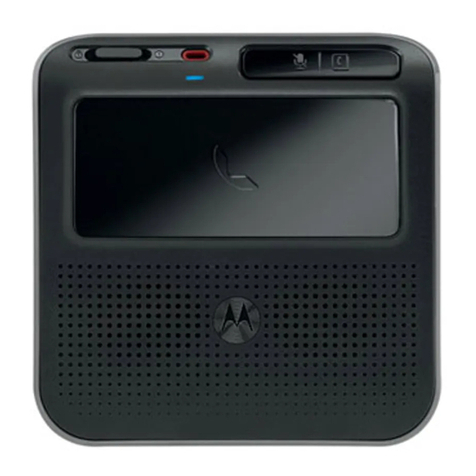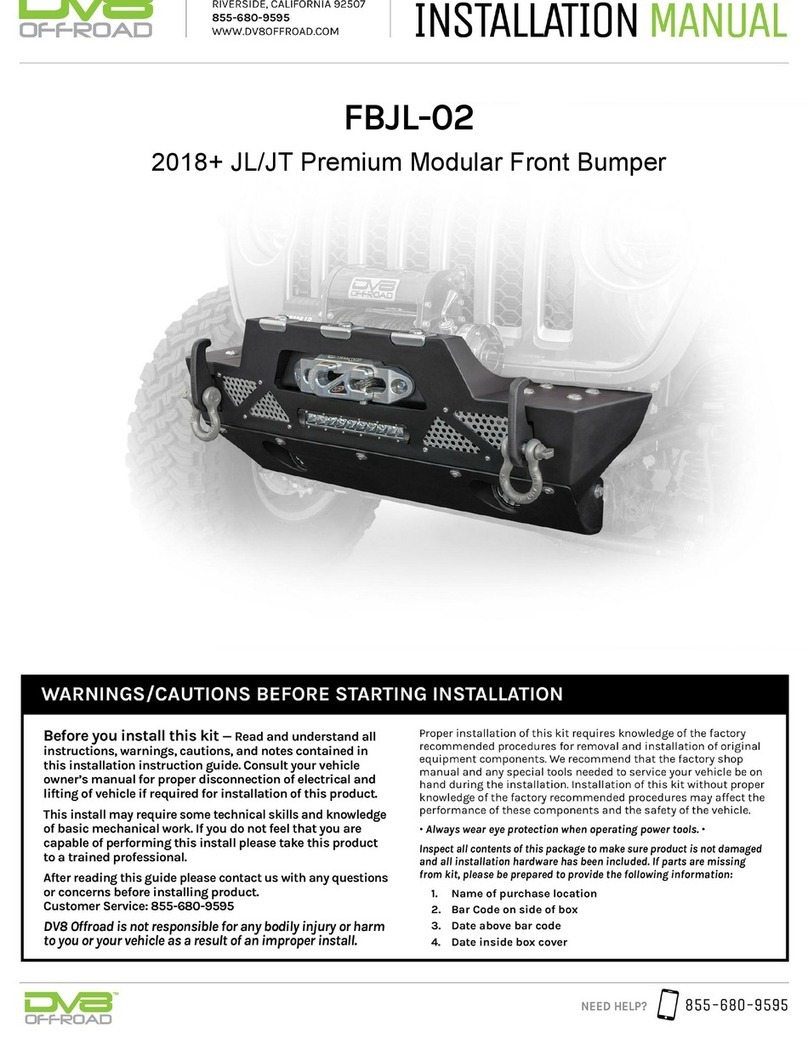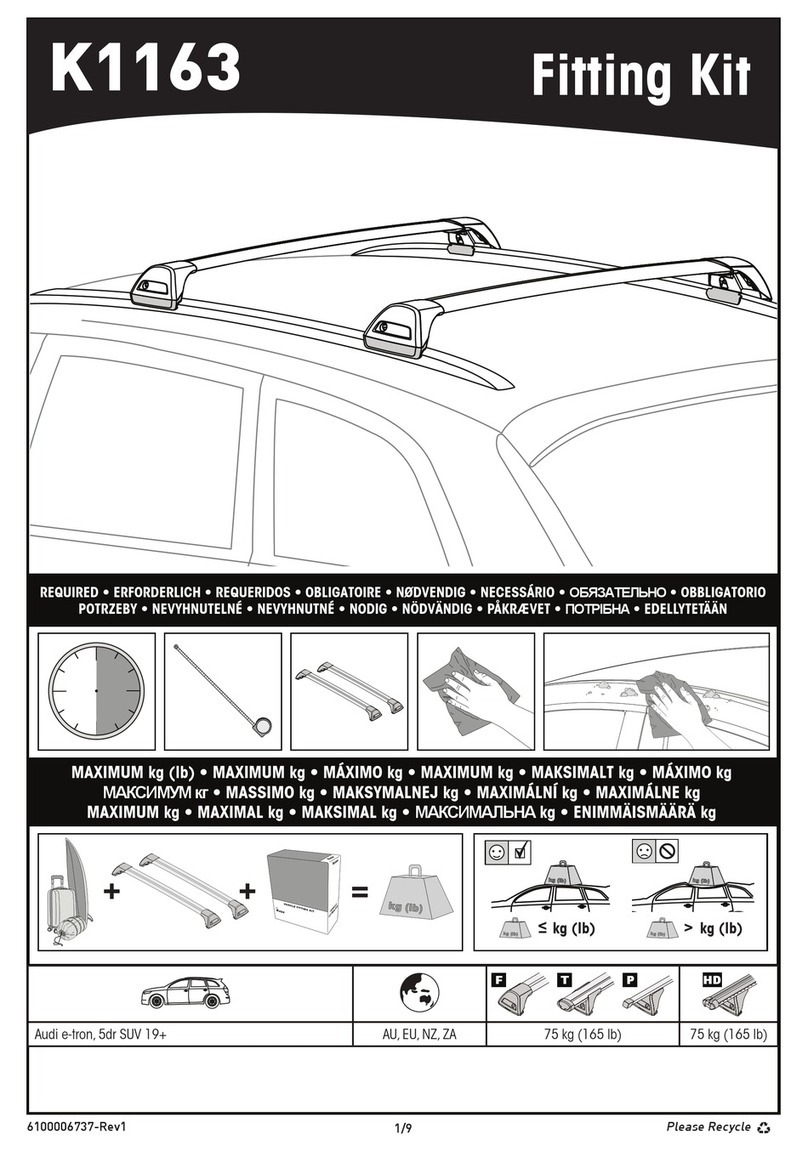
5.3 BUMP STOP REMOVAL AND FITTING OF UPPER AND LOWER BRACKET
1. Remove the two bump stops (Figure 1).
2. Remove the holder of the cable loom and the 2 nuts of the sensor
(Figure 1). Not all models will have this sensor.
3. Remove the M10 Bolt of the Sensor arm of the connection to the rear axle (Figure 1).
4. Remove the small flange that protrudes from the top of the axle at both ends, (Figures 3 and 4) leaving a
smooth flat surface
5. Remove the two bolts from the bracket that attaches the torsion beam assembly to the axle (Figures 1 and
2).
6. Reattach the bracket that secures the torsion beam to the axle, thereby also securing the lower bracket to
the axle (Figures 5 and 6). Take care the lower bracket rests flat.
7. The chassis bracket assembly has two parts (See Figures 7 and 8). Put the two parts together and offer
them up to the frame left vacant of the bump stop. Now slide the upper of the two chassis brackets inside
the lower of the two until the assembly is loosely attached to the bump stop frame with the holes in
alignment.
8. Offer the upper bracket up to the chassis bracket assembly and attach it using a single M8 x 20mm bolt
and a single serrated washer (Figures 9 and 10).
9. The cable loom can be attached with a ty-wrap trough a slot of the sensor connecting point at the top of
the upper bracket.
10. The sensor can be attached on the original position.
5.4 ATTACHMENT OF THE BELLOWS
1. See Section 5.7 - “Tube Connection and Disconnection, Cutting and Routing” : Use black tubing for the
left-hand bellow and blue for the right-hand bellow.
2. Feed for the left side the black tube from the topside trough the biggest hole of the upper bracket.
3. Manually compress the bellow and connect the tube to the air bellow then bung the end of the tube to
maintain the compressed state (Figure 11).
4. Shift the air bellow carefully between the brackets and guide the tube (Figure 11).
5. Release the bung from the tube. This allows air into the bellow, which consequently expands upwards
towards the upper bracket (Figure 12).
6. Attach the bellow to both brackets using two M8 x 16mm bolts and two serrated washers on both sides of
the bellow Figure 12. Do not fully tighten at this stage because the bellow may require alignment once
inflated (see Section 5.9, Figure 15).
7. The distance between the top face of upper plate of the bellow and the bottom face of the lower plate
should now be brought to approximately 14cm. Manoeuvre the bellow such that it is in good vertical
alignment between the upper and lower brackets and tighten the screws.
5.5 ATTACHMENT OF THE LED-LIGHTS SENSOR
1. The sensor can be attached on almost the same position but now to the upper bracket (Figures 13 and 14)
with the M6 x 20, washer and flange nut (Pos. 11, 12 and 13 page 8).
2. The sensor arm can be attached to the protrusion of the lower bracket with it’s original screw (Figures 13
and 14).
3. Check the height of the headlights, this can be corrected by releasing the M6 nuts and to manoeuvre the
bracket till the height of the headlights is correct again.
4. Tighten the sensor bracket and check the height of the headlights again.
9 | INSTALLATION MANUAL | AUXILIARY AIR SUSPENSION | MERCEDES BENZ SPRINTER 500 L.SPR.18D.C.M (AND 4X4) (2018-ONWARDS) JULY 2021

